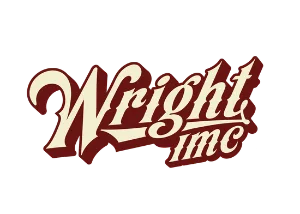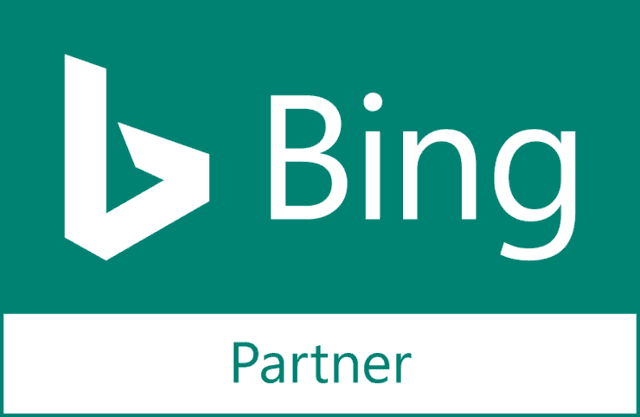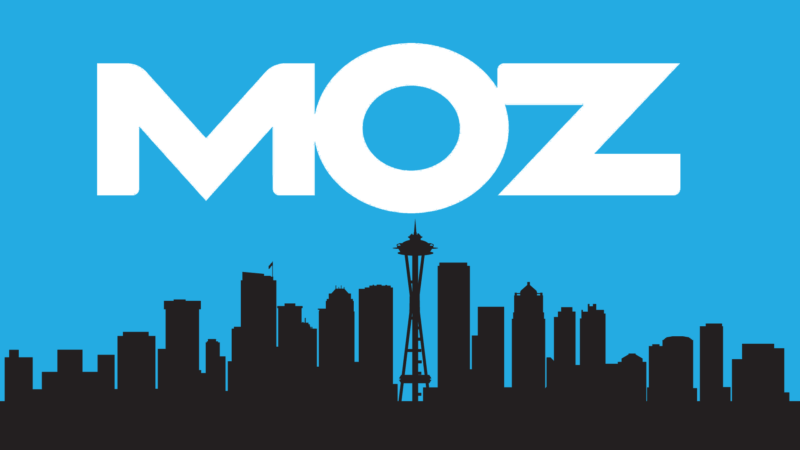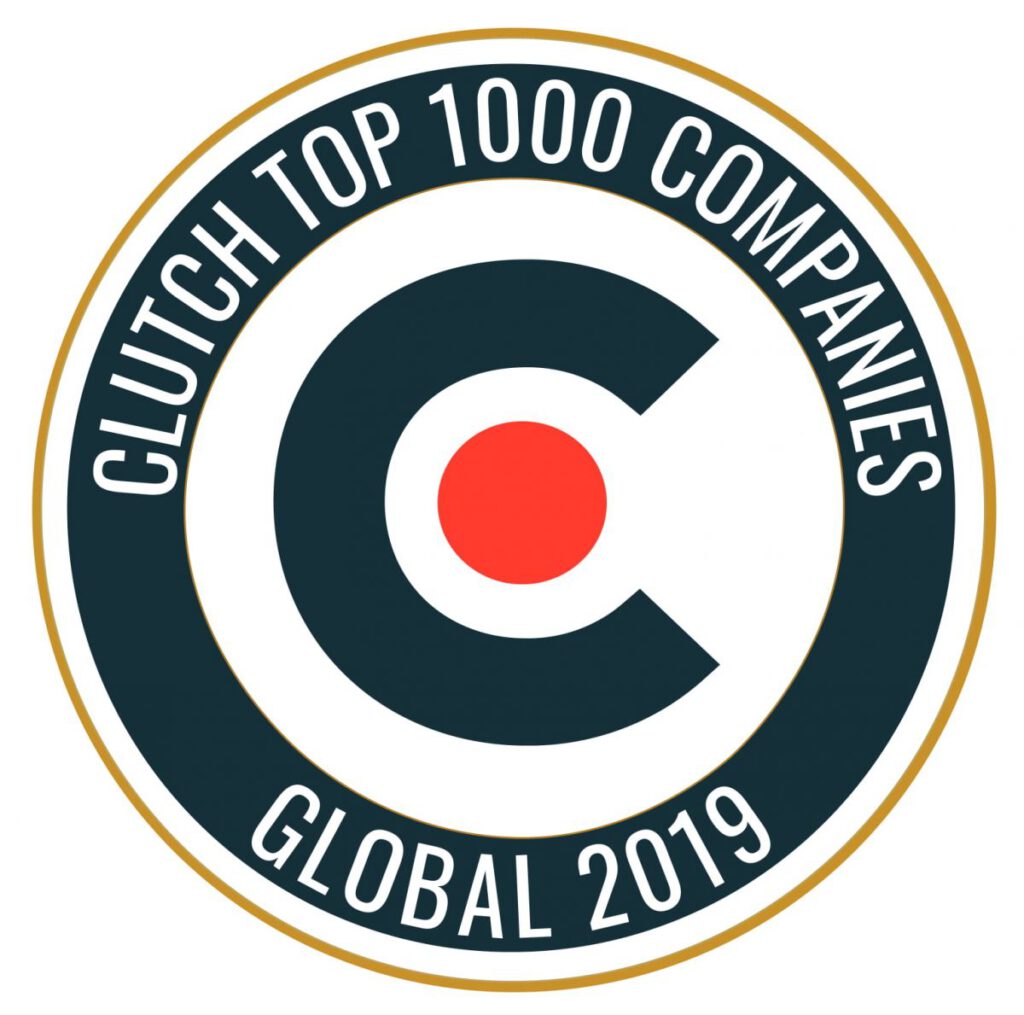Google loves to make our jobs harder. First Panda and now Penguin, both have made gaining links an almost perilous endeavor. Many of the most popular tools to gauge the effectiveness and growth of SEO metrics have yet to catch up to Google’s increased pace of changes. We now live and work in a world where a misstep, a link on a bad site, can come back to burn us later on. So we must be careful, to not only create amazing content but to put that content somewhere that is seen as more trusted than any other option.
However, the tools we use are lacking in this department. There has been little advance to help the SEO decide what link opportunities are good and what are bad in the 16 months since the first roll-out of Panda. Danny Sullivan also recently ranted on quality links or “hard links” versus “easy links”. Hopefully, this post will help you make a better judgment call when selecting websites to guest post on. The following is a recent case study where I used an SEO tool and some sleuthing to decided which blog was higher quality.
Recently I was asked which website between two would be the best for a guest blog post. Much like Rebecca Black’s dilemma between the front seat and the back seat, this problem seemed mundane at the time but also perplexing. On the surface, they were both similar in structure, one offering something a bit different than the other. The information that I was given to help make the decision was Domain Authority.
Site #1 – Domain Authority: 30/100
Site #2 – Domain Authority:13/100
I ran the websites through OpenSiteExplorer (OSE) for confirmation of the Domain Authority (DA) figures then checked the front page of each website for content, both seemed legitimate. It seemed like a no brainer, go with the highest Domain Authority. But alas those are the old rules, pre-Google: Zoo Edition. Since I was already looking at OSE I checked the number of linking root domains for each.
Site #1 – 146 domains
Site #2 – 10 domains
Again it seemed like a no brainer.
But something jumped out at me. Site #1’s top link was a nofollow link from a comment on Matt Cutt’s blog. The rest below that all had the word ‘directory’ in their site title. If you recall Google recently deindexed a bunch of web directories, it’s a good bet that noindex means no link juice. Knowing that I quickly checked the Toolbar Page Rank (TBPR) for each site.
Page Rank isn’t the only indicator of Google’s view on things, but TBPR does give us an indicator, and I needed all the help I could get.
Site #1 – TBPR 0/10
Site #2 – TBPR 1/10
Odd, a website with far fewer linking root domains and links has a higher TBPR. That seems to confirm that maybe some or a lot of the link juice going to site #1 is gone.
But how to tell which one Google would favor over the other? I selected a few blog titles from each website and ran them through the SEOMoz Keyword difficulty tool. I tried to find two that were equal but since Site #2 had a lower DA and fewer links I selected one that was close in difficulty and one that was far more difficult.
Site #1 – 32% – Credit Repair How Credit Counselors Teach You its Importance
Site #2a – 63% – The Credit Card Shuffle – Saving Your Money On Credit Card Debt
Site #2b – 44% – What is PPF or Public Provident Account and What Are Its Benefits
The queries are all related and as you can see site #1 has the easiest chance to rank according to the tool, site #2 has the most difficult queries. So where do the domains rank for these terms?
Site #1 – p40 (page 4)
Site #2a – p5 (page 1)
Site #2b – p9 (page 1)
Wha? A website with fewer links, fewer linking domains and a lower DA score from SEOMoz can rank on harder queries more easily than a website with more links, a higher DA, and more linking root domains. Not to mention the site with fewer links currently has a higher page rank.
There is probably a lot of other analysis I could do, but the above was enough to convince me to suggest the guest post go on the lower Domain Authority website. Frustrated that one of my favorite tools did not supply me with the information I needed to make this choice upfront I reached out to SEOMoz and Casey Henry (SEOMoz’s Web Manager) on Twitter to see if they would be updating OSE. My question really had to do with the deindexed directories/blogs counting towards Domain Authority and Page Authority, the answer surprised me a bit. SEOMOz is working on a ‘SPAM Score’. What this is, I have no idea but according to Casey, it should help root out bad guest posting opportunities, something I think we would all welcome.





